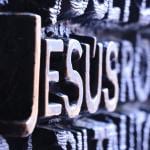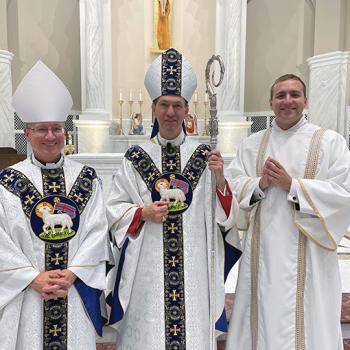I will begin today’s post by comparing the structure of the Catholic Church to a somewhat “elementary” thing. Let me give you some word clues. Hopscotch. Foursquare. Kickball. Red Rover.
Before I confuse you anymore please let me briefly explain the context to why I am talking about children’s playground games and religion in the same paragraph.
In 2014-2015, I worked at a Catholic high school and taught Old and New Testament. On the day we discussed the epic first century saints Peter and Paul, I gave my students a simple analogy. A healthy Catholic Church is likened to a game of tetherball. To better help you understand what I mean precisely with that example please let us first discuss why Peter and Paul are important to Christianity.

STABILITY OF THE ROCK
Matthew 16:16-19 has Peter clearly stating the identity of Jesus Christ and thereafter he is entrusted with the “keys to the kingdom of Heaven”. Catholics interpret this passage as hard and fast proof for the papacy. To cite Bishop Robert Barron in his book Catholicism [referring to Peter’s special insight], “And this knowledge did not come from Peter’s native intelligence or from an extraordinary education…It came as a gift from God, a special charism of the Holy Spirit.” (p. 121).
Thus, God chose a pope from the very beginning to be that stability upon we, as Catholics, can rely on.
If the Church had multiple heads its teachings would devolve into something ugly–like the multi-head monster in Greek myth– the hydra. In a similar way, the center-post in a tetherball game provides stability for the game to happen.
CREATIVITY OF A THEOLOGIAN
Now let us turn our attention to St. Paul. While the popes enjoy the office of St. Peter and provide stability to the Catholic Church, having this Petrine element alone would make Her teachings dry and rocky. Thus, to balance out the papacy there is a need for theology to make the Church healthy.
After Paul’s conversion in Acts 9 until the end of the book, the saint is literally always on the move. As I told my students, “Paul does not have biblical ADD, but rather he was the spark of life that started the early Christian churches”. Citing from Bishop Barron again, “Paul stands for mission, the engagement of the culture and proclamation. Every missionary, teacher, preacher, and theologian, is, in this sense, a son or daughter of Paul.” (p. 141).
Paul represents an archetype within the Catholic Church to adapt to different times and cultures. He represents the spunk that enlivens the Church. Going back to the tetherball analogy the rope and ball provide the excitement for the playground game.
STRUCTURE + FLEXIBILITY= HEALTHY CHURCH
A healthy Church needs both structure (papacy) and flexibility (theology). So too does a tetherball game needs the center-post= [representing the papacy/Petrine element] and the rope and ball= [representing theology/Pauline element]. The schoolyard game would be pointless if a center-post did not exist to keep the ball close for the players to bat around, but at the same time a game consisting of only a metal pole would be stagnant and boring– similar to what would have to the Catholic Church without the dynamic element St. Paul brought in the first century and whose memory represents today.
To answer the question from the title: Which playground game is God’s favorite? I would imagine that God has all the time in the world to try them all and find them equally enjoyable, but if I had to venture a guess, I would pick tetherball! �
ABOUT OUR GUEST BLOGGER
Matthew Chicoine loves the Catholic Church, comics books, finding truth in literature, and drinking Dr. Pepper. His work can be found at https://thesimplecatholic.blog/.
Photos courtesy of Pixabay.













